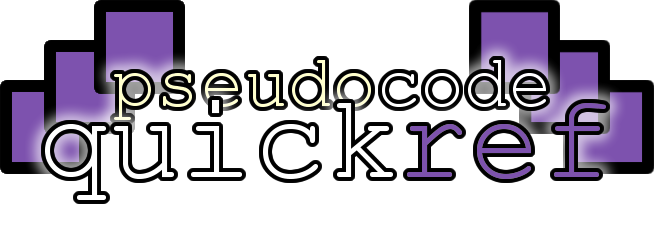

This resource is designed as a quick reference or revision guide. It has not been endorsed by any exam boards. If you spot any mistakes, please let me know and I'll fix them asap.
This website aims to give a quick reference for VB.NET, Python and C# and pseudocode and is aimed primarily at teachers & students working towards a GCSE or A Level in Computer Science
VB.NET, Python and C# are programming languages designed to be understood and followed by computers. Pseudocode is not a programming language: it's written to be understood by humans so that they can turn it into any programming language.
Each skill has example code in Python, C#. You can also enable VB.NET and Pseudocode for OCR GCSE if you'd find that useful.
If you know what you're looking for, use the search bar above the categories list.
If you want your code to make a decision you'll need an IF statement.
This example asks the user how old they are and checks that they've entered a number bigger than 0
If you want your code to choose between two possibilities you'll need an IF ... ELSE statement.
This example asks the user what their name is. If they answer the question it says hello. If they don't answer the question it displays an error message.
Loading...